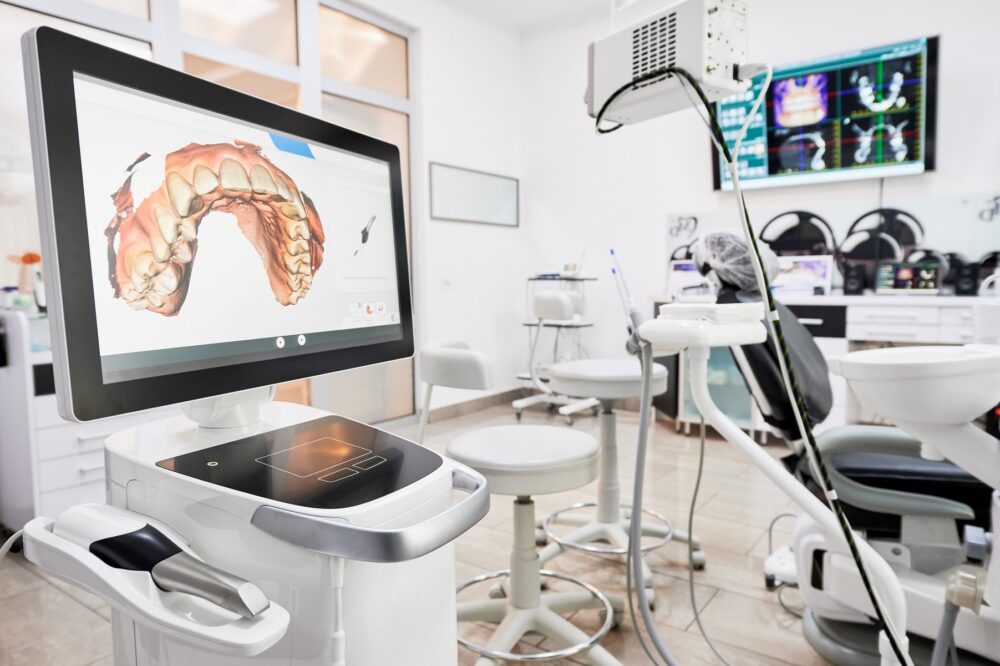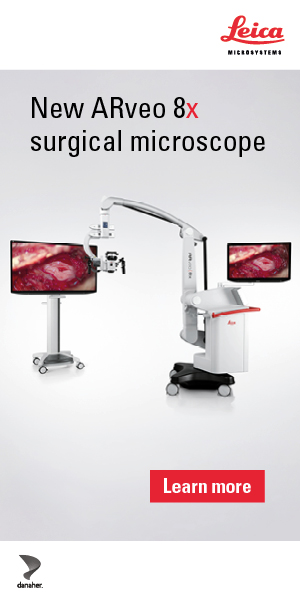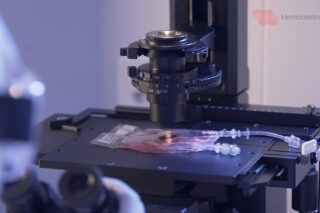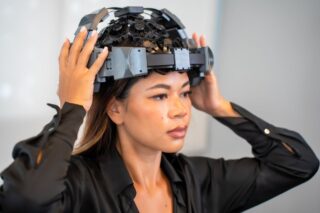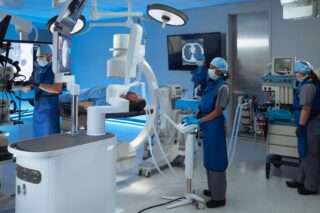In this opinion piece, Dr. Mohamad Khorshid explains how emerging technologies are solving everyday challenges in the dental industry.
As a practicing dentist with over a decade of experience, I’ve witnessed firsthand how technological advancements are transforming our field. From reducing chair time to improving diagnostic accuracy, these tools address key challenges like inefficiency, patient discomfort, and diagnostic errors. In this piece, I focus on five key areas: CAD/CAM systems for restorations, 3D printing for custom appliances, intra-oral scanners for diagnostics, CBCT for complex imaging, and AI for workflow optimization. Drawing from my daily use, I’ll highlight how these innovations—mostly released between 2021 and 2025—enhance precision and patient care while staying within recent developments.
CAD/CAM Technology: Enhancing Chairside Restorations
In my practice, CAD/CAM technology has been a game-changer for creating chairside restorations, solving the problem of lengthy lab waits and multiple appointments. I primarily use the CEREC Primescan by Dentsply Sirona, which I integrated into my workflow for crowns, onlays, veneers, and bridges. The original Primescan launched in 2019, but its updated Primescan 2 version, released in September 2024, brings cloud integration and faster scanning, allowing me to design and mill restorations in under 2 hours. This upgrade has reduced errors in fit and aesthetics, as the high-resolution scans capture intricate details for precise milling.
The updated Primescan 2 version brings cloud integration and faster scanning, allowing me to design and mill restorations in under 2 hours.
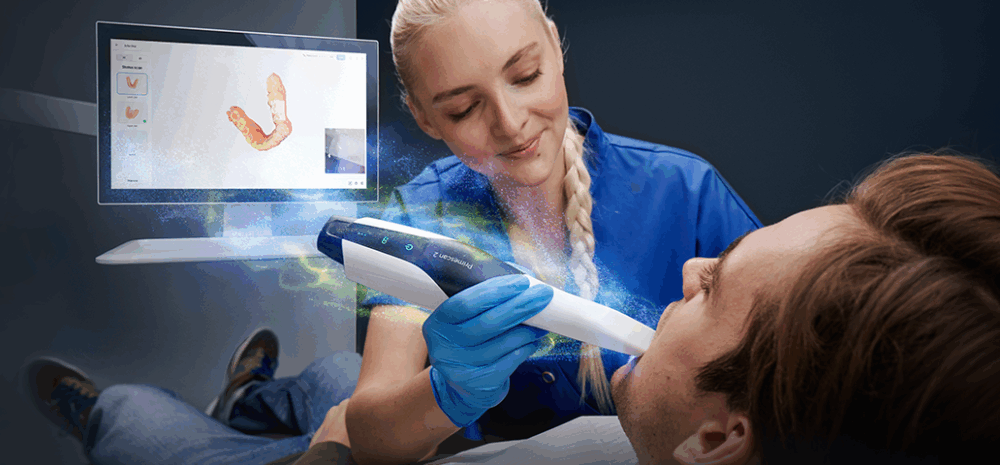
To keep things broad, I’ve also explored other CAD/CAM options like iTero Lumina, 3Shape’s Dental System with advanced AI-assisted design tools. These systems address inefficiencies by enabling same-day procedures, minimizing patient discomfort from temporary restorations. For instance, in a recent case of a fractured molar, I scanned, designed, and placed an onlay in one visit, boosting patient satisfaction.
Market trends show CAD/CAM growing rapidly, projected to reach $4.61 billion by 2032, driven by demand for quick, accurate work. However, challenges like initial costs persist, but the time savings—cutting procedures by 50% in my office—make it worthwhile. Overall, CAD/CAM tackles the core issue of workflow bottlenecks, allowing dentists to deliver durable, customized restorations efficiently.
3D Printing: Streamlining Custom Dental Appliances
3D printing has revolutionized my day-to-day dentistry by enabling rapid production of custom appliances, directly solving fabrication delays and high costs associated with traditional methods. In my office, I rely on Dentsply Sirona’s Primeprint, launched in March 2022, for printing surgical guides, splints, and models. Its medical-grade automation and 385nm light engine ensure biocompatible outputs with minimal post-processing, integrating seamlessly with my CAD software for end-to-end workflows.
Broadening the scope, SprintRay‘s recent models like the Pro 2 (released April 2024) and next-gen materials announced in February 2025 offer high-speed printing for dentures and aligners. These printers address precision issues in complex geometries, with multi-material capabilities allowing for varied hardness in a single print—ideal for night guards.
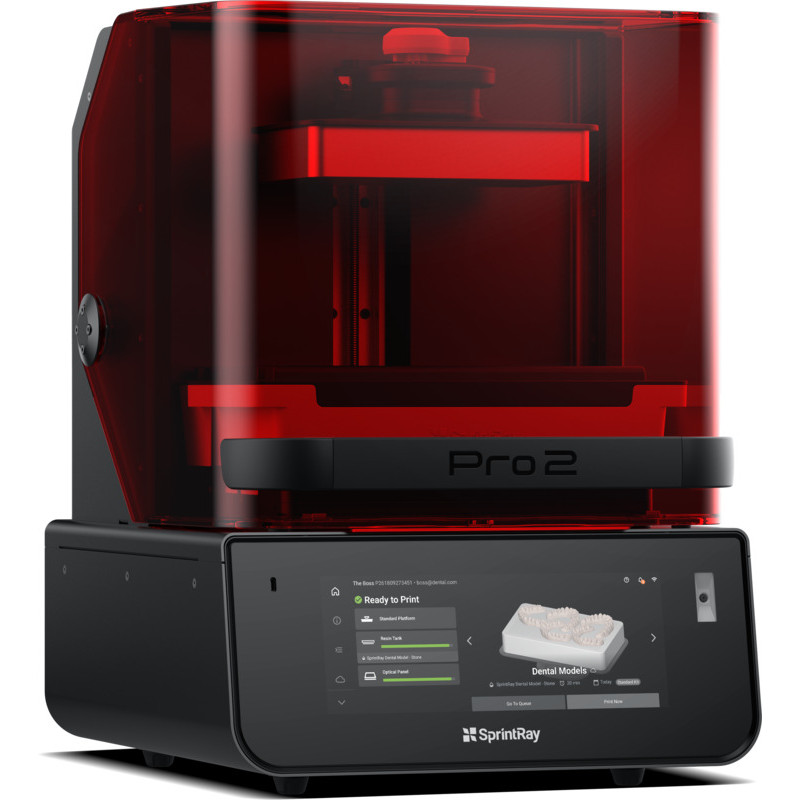
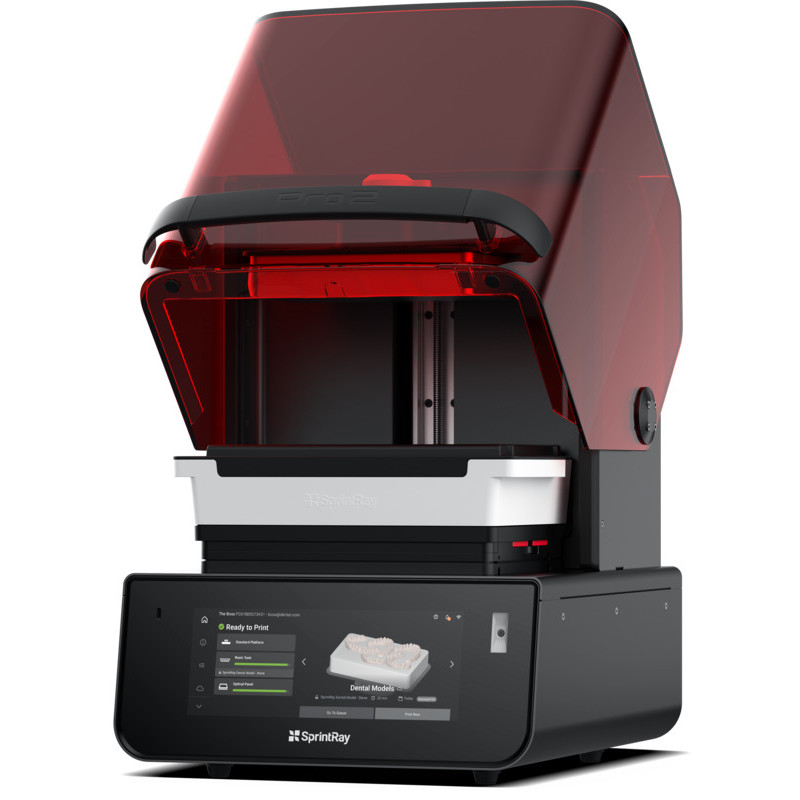
In practice, 3D printing has cut my appliance turnaround from days to hours. For a patient needing a custom occlusal splint, I designed it digitally and printed it chairside, reducing lab fees by 40%. Recent advancements emphasize efficiency, with systems like SprintRay’s focusing on dental-specific resins for durability.
While material biocompatibility remains a concern, innovations since 2021 have improved safety standards. This technology solves scalability problems in busy practices, enhancing patient experience through faster, more affordable custom solutions.
Intra-Oral Scanners: Advanced Diagnostics for Better Patient Outcomes
Intra-oral scanners have become indispensable in my exams as diagnostic tools, addressing the challenge of detecting subtle issues like malocclusion, gum recession, and tooth wear that traditional methods often miss. I use the iTero Lumina by Align Technology, released in February 2024, which offers faster scanning and higher accuracy for full-arch captures. Its multi-direct capture technology identifies chipping or recession in real-time, aiding early intervention.
Other options include Dentsply Sirona’s Primescan (updated 2024) and 3Shape‘s TRIOS 6, launched March 2025, with enhanced scan quality for detailed diagnostics. These scanners provide 3D visualizations that help explain conditions to patients, improving compliance.

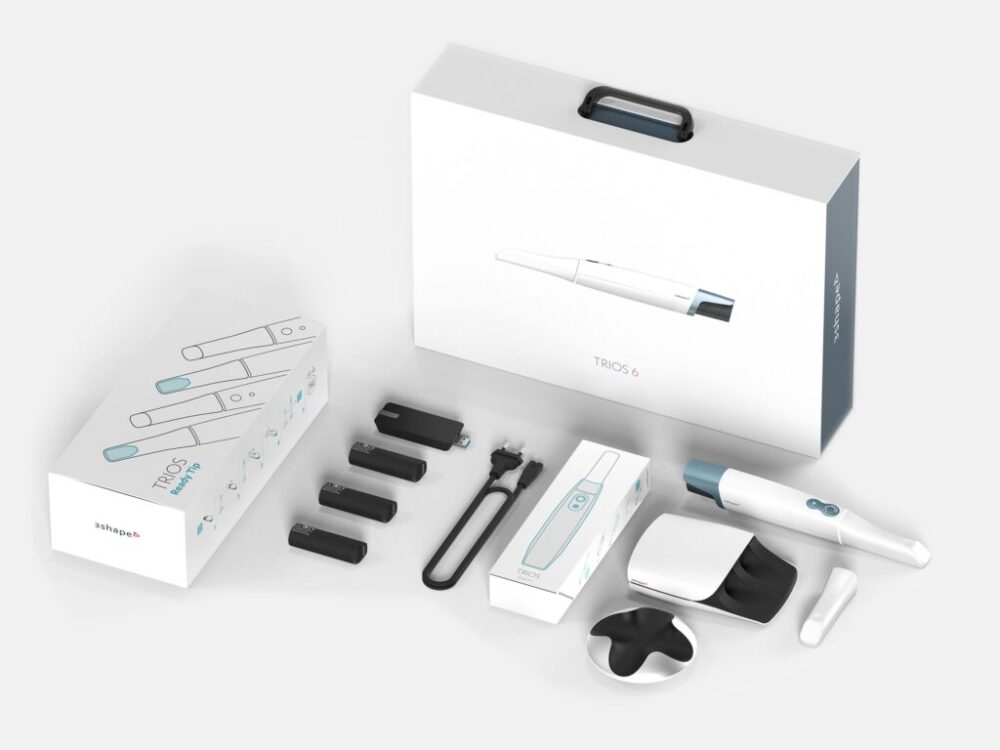
In a typical exam, the Lumina scanner revealed excessive wear on a patient’s incisors, linked to bruxism, allowing me to recommend timely orthotics. This has increased diagnostic efficiency by 30% in my practice, reducing misdiagnoses.
Recent models emphasize portability and integration with AI for automated analysis, solving workflow interruptions. While learning curves exist, the benefits in precision—over traditional impressions—outweigh them. Ultimately, these tools empower proactive care, transforming routine exams into comprehensive health assessments.
CBCT Imaging: Precision in Complex Dental Procedures
For complex cases, CBCT technology provides unparalleled 3D imaging, solving visibility issues in endodontics, impacted teeth, and oral pathology that 2D X-rays can’t match. In my office, I use CBCT for planning root canals, extracting impacted wisdom teeth or canines, and detecting pathologies like cysts.
Recent systems like Planmeca‘s Viso G1, debuted in March 2025, offer low-dose imaging with AI integration for sharper reconstructions. The market has grown significantly, with values projected to exceed $1 billion by 2032, driven by advancements since 2021.
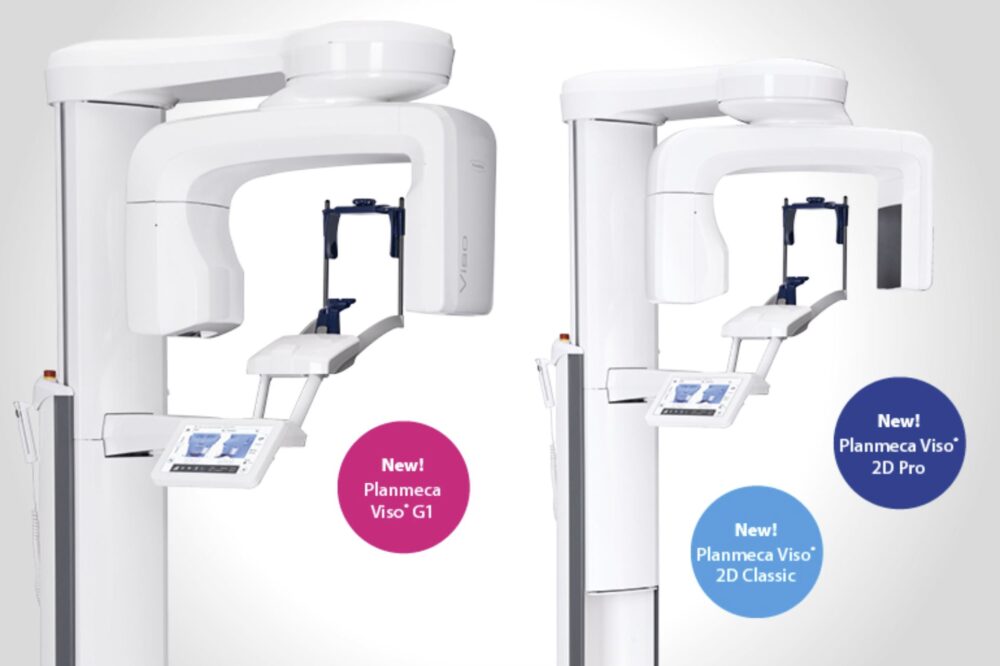
Image: Planmeca debuted its Visio G1 system in March 2025.
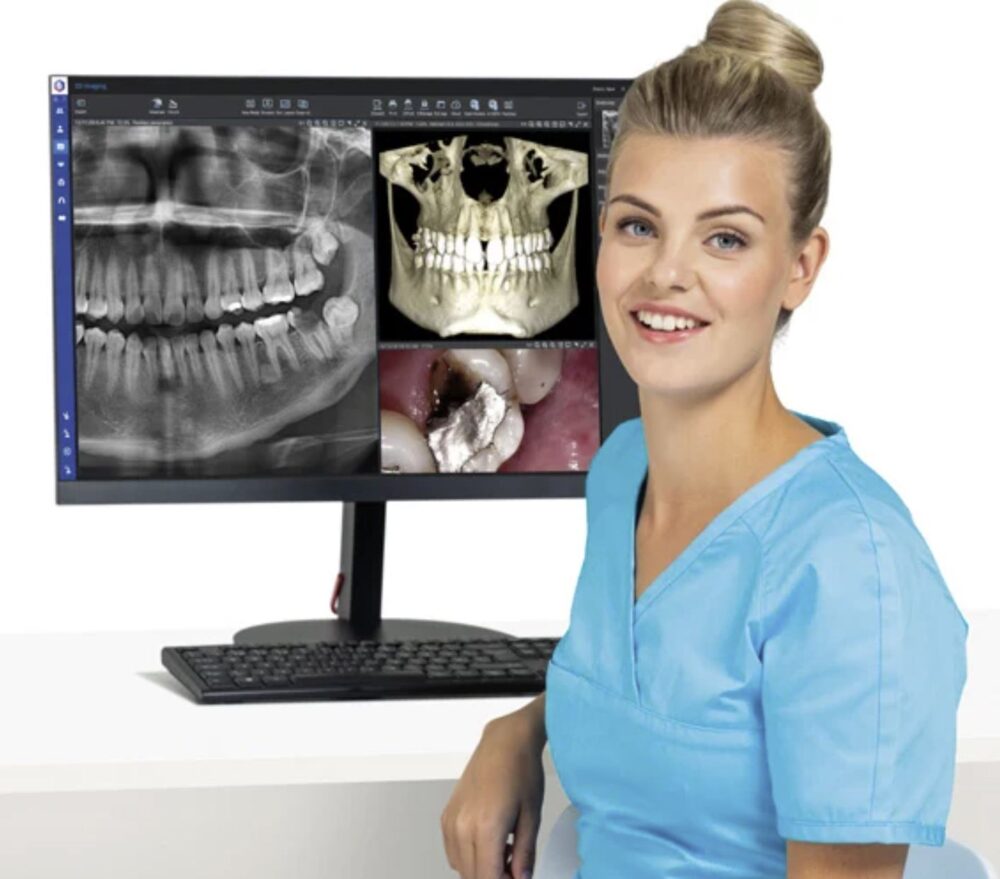
In endodontics, CBCT reveals hidden canals, reducing failure rates. For an impacted canine, it guided minimally invasive surgery, minimizing trauma. This precision addresses risks in blind procedures, enhancing safety.
Integrations with AI, as in 2021 studies, automate pathology detection, boosting efficiency. Costs have dropped, with new units starting at $50,000 in 2025. Radiation concerns are mitigated by dose-optimization features. CBCT has elevated my diagnostic confidence, ensuring better outcomes in challenging scenarios.
AI Integration: Boosting Diagnosis and Workflow Efficiency
AI is the frontier in dentistry, aiding diagnosis and automating workflows to solve inefficiencies and human error. In my practice, AI tools enhance patient experiences by streamlining scheduling, treatment planning, and diagnostics.
Recent developments, like AI models achieving 90%+ accuracy in detecting caries via radiographs (2025 reports), have transformed my reviews. Systems such as Pearl AI (updated 2025) automate imaging analysis, flagging issues like periodontal disease quickly.
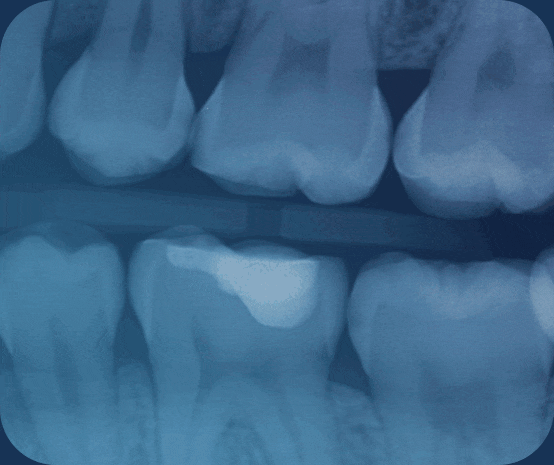

For workflow, AI integrates with CAD/CAM for predictive modeling, reducing design time by 20%. In diagnosis, it cross-references scans for malocclusion, improving accuracy.
A 2025 study highlights AI’s role in oral pathology detection from intra-oral images, aiding early intervention. Patient-facing AI chatbots enhance education and follow-ups.
Challenges include data privacy, but ethical integrations prevail. Since 2023, AI has cut administrative tasks, allowing more focus on care. It’s not replacing dentists but amplifying our expertise for efficient, personalized dentistry.
In conclusion, these technologies collectively address dentistry’s pain points, from diagnostics to delivery. By adopting them, practices like mine achieve greater efficiency and patient trust, paving the way for a tech-driven future.
